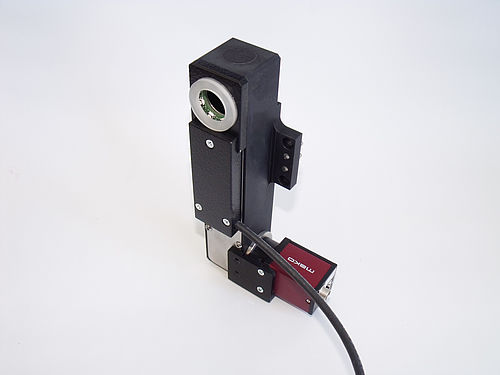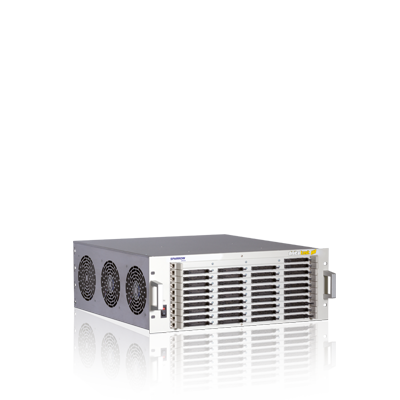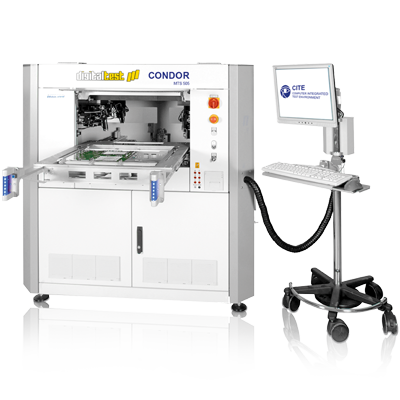News
Press Test Systems
Farther, sharper, more colorful: New camera for Flying Probe Tester

The eye of every flying probe tester is the integrated camera. It determines the exact position of the test object as well as the landing position of the probes. Precise contacting without a system camera is simply not possible. Also the user has the ability to validate test points using the camera images and thereby detect defects. The Condor flying probe tester from Digitaltest is now equipped with a new camera system that opens up new possibilities.
Digitaltest has been successfully using an analog, monochrome CCD camera in the Condor flying probe tester since 1999. It is attached to one of the four heads and includes both the optics and the lighting. It provided a resolution of 752 x 582 pixels (0.43 MP), digitized the image data using a frame grabber, and had a white ring light for illuminating the image area of 15 x 12 mm.
Farther, sharper, more colorful
The new Condor camera of course still offers the previous basic functions, but now features higher image resolution, a larger image field as well as high-resolution color images. The digital CMOS color camera generates 5.1 MP images with a resolution of 2464 x 2056 pixels – 10 times as many pixels compared with the previous camera. It is equipped with a GigE Vision interface and is powered using Power-over-Ethernet (PoE). The image area, which has been increased by a factor of three to 26 x 21.5 mm, shows not only the test point, but also a larger section of the surrounding components. The circuit board is now illuminated with a color LED ring light which features 16 brightness levels and eight individual segments for optimal lighting.
Automated calibration
The new software environment, “CITE CameraFramework 2.0,” provides a simple software wizard interface for high user friendliness. In addition the integrated Cognex Vision Library (CVL) enables automated calibration, i.e. translation between pixel coordinates of the camera images and the actual coordinates on the inspection assembly.
Previously the camera was calibrated using a test pattern. Here the accuracy of the calibration depended on the positioning system, the probe insertion and the estimate of the operator himself. In the new camera system Digitaltest is using an optical reference pattern – independent of the accuracy of the positioning system or the form of the probe insertion. This achieves highly automated image processing, resulting in turn in greater precision of the Condor system.
In addition to the camera calibration, probe offset calibration – the correction of the nominal landing position of the probes – has also been optimized. Whereas only one probe point was formerly used for calibration, now the landing position is determined using a complex point pattern. This reduces errors by averaging the values and automating the calibration.
Retrofitting is no problem
All flying probe testers shipped by Digitaltest as of January 2018 are already equipped with the new camera system. It is also possible to equip existing systems with the new color camera with relatively little effort.
















